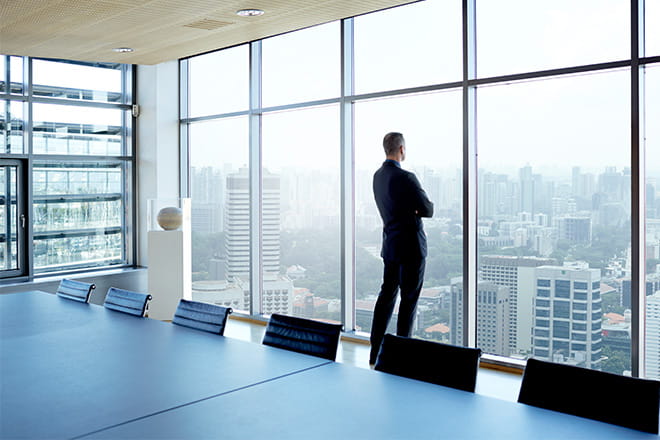How the expanded 179D tax deduction differs from the old version

The 179D tax deduction allows qualifying building owners and businesses to receive a first-year tax deduction for a new or remodeled commercial building.
Originally passed by Congress as part of the Energy Policy Act of 2005, the deduction has expired and been retroactively extended over the years. It was finally made permanent in 2021 by the Consolidated Appropriations Act, 2021 — but that wasn’t the only change made to 179D in recent years.
On August 16, 2022, the Inflation Reduction Act of 2022 expanded the 179D tax deduction’s eligibility, amount and more, with an effective date of January 1, 2023.
Below is a direct comparison between the newly expanded tax deduction and the old one:
| New 26 U.S. Code § 179D tax deduction | Previous 26 U.S. Code § 179D tax deduction | |
|---|---|---|
| Effective date |
January 1, 2023 |
January 1, 2006–December 31, 2022 |
| Eligibility |
Commercial building owners Designers of buildings owned by: -Government entities -Nonprofit organizations -Churches and other religious organizations -Tribal organizationsNonprofit schools and universities A real estate investment trust (REIT) can now benefit as well in the year in which the energy-efficient commercial building property (EECBP) was placed in service |
Commercial building owners Designers of buildings owned by government entities |
| Technical requirements | American Society of Heating, Refrigerating and Air-Conditioning Engineers (ASHRAE) standard in effect from four years prior to completion of construction |
ASHRAE standard in effect from two years prior to completion of construction for 2021 and 2022 (prior to 2021, it was ASHRAE 2007 and 2001) |
| Tax deduction range |
Base deduction: Sliding scale of 50 cents per square foot for energy savings of 25%, and up to $1 per square foot for energy savings of 50% or greater Bonus deduction: Sliding scale of $2.50 per square foot for energy savings of 25%, and up to $5 per square foot for energy savings of 50% or greater |
60 cents to $1.80 per square foot plus inflation adjustment per eligible system |
| Deduction cap | A cap allows 179D to be claimed on buildings if the previous full deduction claim occurred more than three taxable years earlier for commercial buildings and four years earlier for government buildings. |
Since 2006, there’s been a lifetime cap of $1.80 per square foot plus the inflation adjustment. |
| Bonus deduction |
Meet local prevailing wage Meet apprenticeship percentage hours for up to 15% of labor hours |
Not applicable |
Prevailing wage and apprenticeship requirements
Prevailing wage and apprenticeship requirements will determine the start point of the benefit. Here are the key relevant changes for EECBP placed in service on or after January 1, 2023:
| 25% reduction | Each additional % point | 50% or higher | |
|---|---|---|---|
| Meets requirements | $2.50 per square foot | $0.10 per square foot | $5.00 per square foot |
| Does not meet requirements | $0.50 per square foot | $0.02 per square foot | $1 per square foot |
Who qualifies as a designer?
Now that the 179D tax deduction has been expanded from designers of government-owned buildings to also include designers of nonprofit, religious and tribal organization-owned buildings and nonprofit school and university-owned buildings, the question of who can monetize the energy efficiency tax benefits arises. Public entities can earn the benefits but not monetize them. They may instead allocate them to the designer of the building. Note that the requirement is that the allocation must be in writing. Owners may also allocate the deduction to more than one designer.
The designer is defined as the “person that creates the technical specifications for the installation of energy-efficient commercial building property.” Architects, engineers, design build contractors and energy performance contractors can all qualify as a designer and claim the 179D tax deduction.
How Wipfli can help
Wipfli can help you claim the 179D tax deduction. We offer a complimentary preliminary analysis to determine whether your building qualifies for green building tax incentives. If it does, we can also provide the necessary certification study.
Sign up to receive additional tax deduction content and information in your inbox, or continue reading on:




